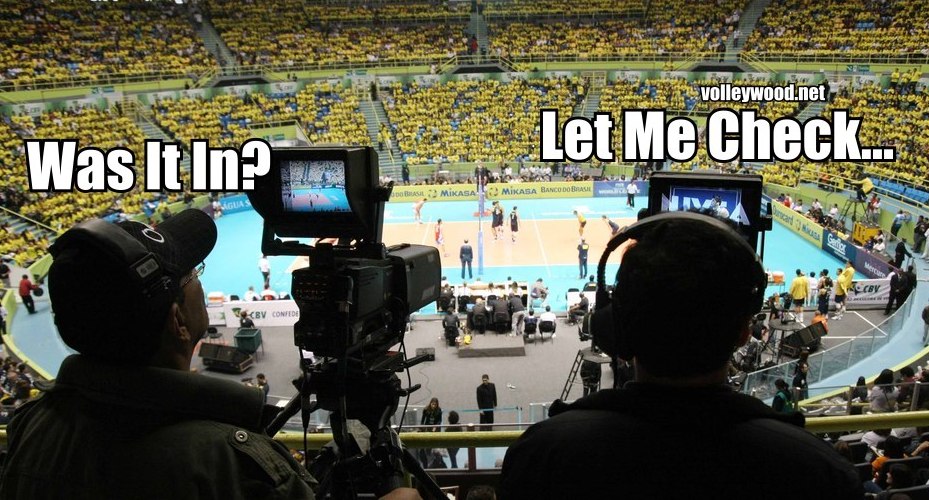THUMBS UP!
Poland is doing an amazing job embracing and integrating technology in volleyball.
Last Sunday, the new challenge system was introduced during the USA vs Poland match in the Polish city of Wroclaw with Kurek and Team winning it in 4 sets. We got to see the entire match and this new system is indeed a lifesaver especially during crucial moments when the referee’s call is questionable.
The FIVB Challenge System will now use television replays to verify any challenged points, which will be shown in the arena as well on the live streaming coverage as and when the second referee reviews a challenge.
The Poland v USA will be streamed live on FIVB Web TV in addition to the Match of the Week, which features Serbia against Italy on Saturday at 18:00 GMT.
Up until this weekend, the FIVB had trialled a review system where the second referee would review any challenge on a screen next to the court. Now all persons in the stadium and watching on television can see for themselves the review process before the official decision is made.
A reminder of the Challenge System process:
1) Video verification can be called upon team’s game captain request, however before the game has been resumed and directly after the rally which is a matter of doubt.
2) Both teams have the right to call video verification for referees’ decision twice per set. If the result of video verification leads to decision change in favour of requesting team, it does not decrease the number for video verification calls available for this team in this set. On the other hand, if decision of referees was correct, it means that the number of video verification calls for this team in this set decreased by one.
3) First referee himself has the right to ask for video verification in case he is in two minds and his call will finish the set / match.
4) Subject for video verification can be the following situations only:
a. all position where touching the floor (ball IN or ball OUT);
b. ball contact with antennae (particularly the order: after the attack hit or from the block);
c. faulty antennae or net contact by a player;
d. contact of player’s feet with end line (when executing service), attack line (when back row player executed attack hit) and under net penetration into the opponent’s court (center line);
e. Libero player’s feet position while playing the ball overhand finger pass if directly after an attack hit has completed while the ball was entirely higher than the top of the net.
f. Only the game captain can address his requests for video verification to 1st referee (not later than five seconds after the rally has been finished). If the request will be judged by 1st referee as not consistent with point 4, the request will be rejected and the requesting team sanctioned for game delay. In case of a correct request the 1st referee will initiate video verification procedure whistling and pointing both hands towards scorer’s table. All acting players remain on the court for the time needed to assess video.
5) Second referee analyses the video replay on a screen next to the court. A replay will be available fopr onsite spectator and the television audience.
6) Second referee after verification based on video replay informs by hand signals the 1st referee who is responsible for final decision.
7) In case no action’s evaluation based on video replay can be done, decision of the 1st referee remains in force and the team jeep the challenge.
We hope other countries will use this new system moving forward.
It makes the game interesting and fair all the teams!
Thoughts?
(image: FIVB)


